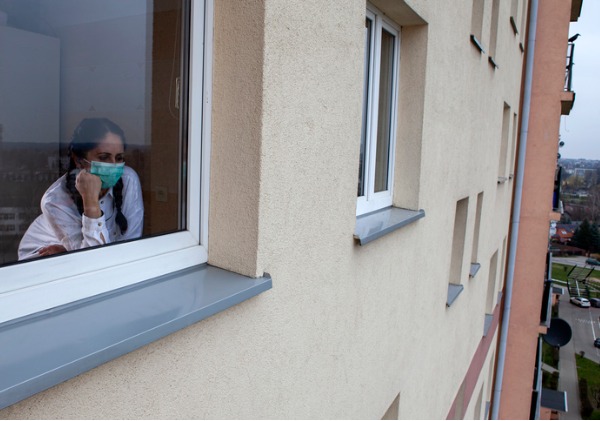Pandemic exposes glaring inequities

The COVID-19 pandemic has ripped open society in myriad ways, exposing glaring inequities that have left many people vulnerable to illness, death and the loss of loved ones. People of colour in particular were hit hard by, and women and children were especially affected.
Dr. Nav Persaud, a family physician at St. Michael’s Hospital, Unity Health Toronto and OSSU’s Equity Champion and researcher, talks about these inequities and what we can do to address them.
Income disparity
“One obvious illustration of the inequities that were exposed and exacerbated by the pandemic is wealth and income,” says Dr. Nav Persaud, who also holds a Canada Research Chair in Health Justice. “There is a huge divide between those who can work at home and those who have to go to work. Personal support workers were exposed to high risks during the pandemic, many others were riding crowded buses, living in crowded households because of lower incomes and not able to self-isolate.”
Income and housing are two highly racialized factors that contributed to a higher burden of illness as many lower income people were forced to work outside the home and exposed to the virus that causes COVID-19 as the pandemic raged.
“These are pre-existing problems that weren’t addressed before the pandemic,” says Nav.
Children’s health
He also cites the significant, and important, effect of the pandemic on children, which led to school closures, restrictions on movement and pressure on parents who had to work outside the home.
“The health of children was a bit of an afterthought. The playgrounds being closed was totally irrational. Kids suffered and the closures put enormous burden on parents, especially women. These are clear examples of women being disadvantaged and expected to be productive despite bearing a heavier burden,” he says.
Systemic change
To prevent the types of societal fissures that have emerged, addressing structural issues is important to avoid a repeat in future pandemics.
“We need to be thinking about issues like racism and sexism and how they impact health in a different way and move away from descriptions of health disparities to come up with ways to help people disproportionally affected. It could mean a shift away from technological solutions which don’t always trickle down. We need to ensure people have enough money for food, child care and other basic necessities.”
OSSU’s role
Dr. Persaud sees OSSU as a key player in enacting change in Ontario in its role as a funder and a convenor.
“With patient engagement in research, OSSU sent a message that this was important. I see it playing a similar role in health equity and focusing people on this important issue,” he says.
“There weren’t big policies put into place to address these inequities in the past and it’s something we need to do between pandemics to avoid a recurrence. OSSU can help both the health system and with upstream factors like income, racial inequities, housing, that affect health.”
Nav has helped develop an equity framework and is in the process of developing a corresponding training module, in partnership with OSSU, that sets out principles and practices for promoting equity in patient-oriented research, as well as equity-related requirements for researchers working with OSSU. It considers racialization, gender, income and other factors that contribute to inequities in health care.
As it did with patient engagement, OSSU can set expectations that addressing inequities must be embedded in research and be prioritized.
“OSSU has done a really great job of convening and bringing researchers, members of the public and health care providers together. That kind of convening is really important, especially with cross-cutting issues like housing, childcare and racism.”